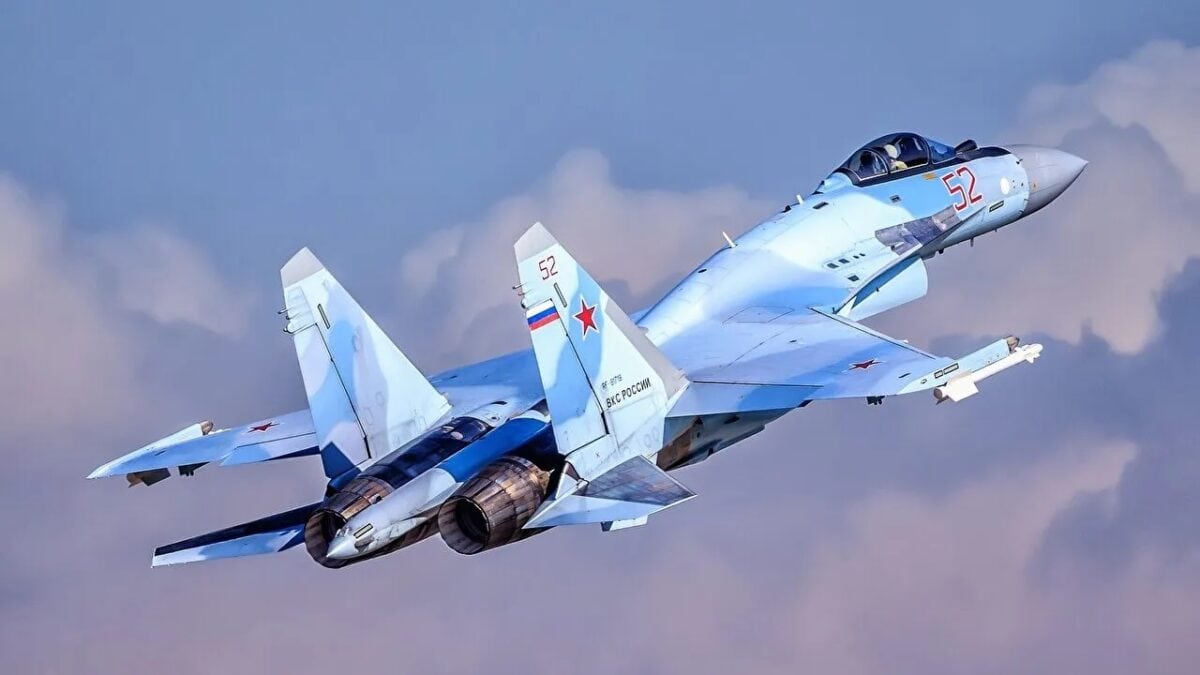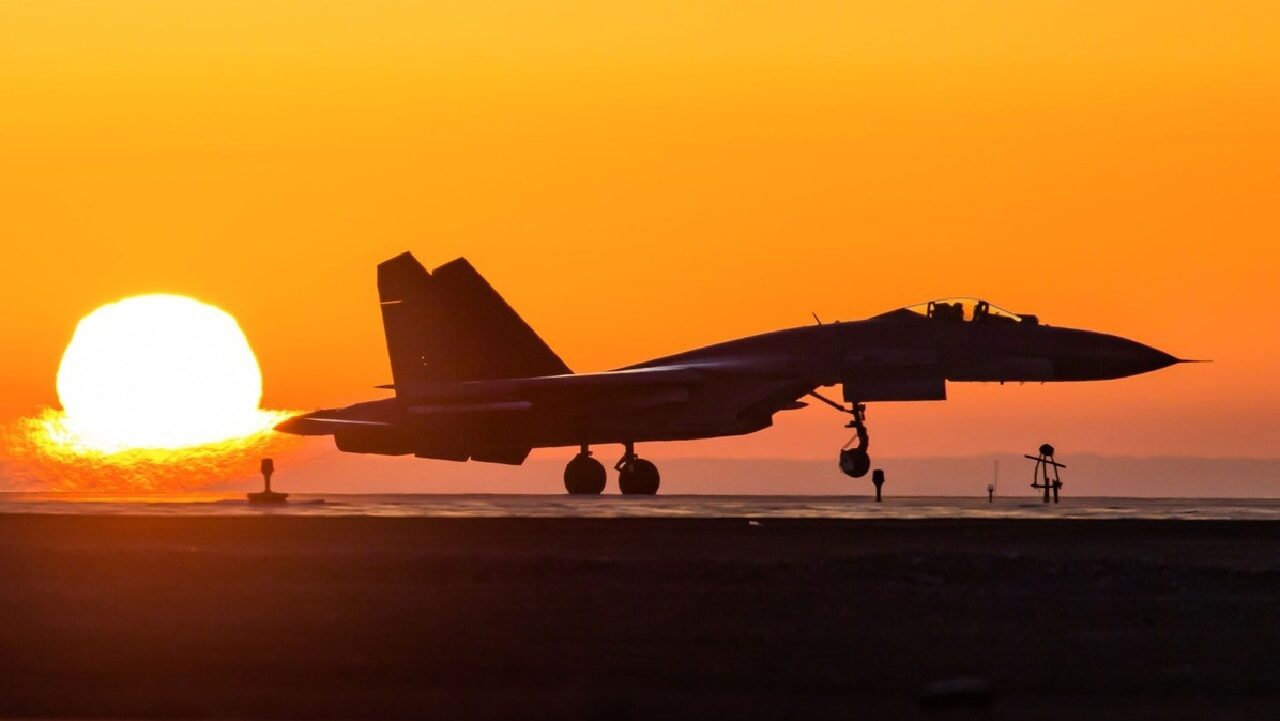According to state-run media outlets, Iran is considering plans to procure a fleet of Russian-made Su-35 fighter jets. On Sunday, Iran’s Air Force chief Hamid Vahedi told Borna News Agency that the purchase of the Russian platform is being weighed by the Air Force. This news comes one week after Moscow received its first shipment of Iranian-made drones, the latest indication of the two rogue states’ strengthening military relationship. Iran’s potential purchase of the Su-35 Flanker-E airframe would benefit both the regime and the Kremlin as the Iranian Air Force currently flies extremely outdated fighters and Moscow has struggled to export the Flanker in the past.
An overview of Iranian-Russian ties
Although Moscow’s and Tehran’s defense relationship dates back to the 1979 Islamic Revolution, Iran really evolved into a profitable client-state for Russia a decade later. Following the death of Tehran’s anti-Soviet Supreme Leader Ruhollah Khomeini, Iran’s new leadership prioritized acquiring cutting-edge military equipment from North Korea, China and Russia.
According to a New York Times report published in the early 1990s, “Iran spent or committed $3.2 billion on arms in 1988 and 1989, primarily to the former Soviet Union for MIG fighters and tanks.” Today, these dated Russian arms make up some of Iran’s most advanced military equipment.
The Iranian-Russian partnership was further cemented this year by the countries’ shared animosity toward Western hegemony and similar positions within the international community. After the Kremlin launched a full-scale invasion of Ukraine in February, the West largely isolated Moscow, disrupting its arms deliveries and cutting it off economically via sanctions. Iran has been in a parallel situation following the fall-out from the 2015 Joint Comprehensive Plan of Action (JCPOA). Moscow and Tehran have turned to each other to fulfill their respective defensive and military needs in the meantime.
First, Russia procures Iranian drones…
Over the summer, the White House first announced that it had photographic evidence depicting a Russian delegation visiting Iran’s Kashan airfield on two occasions. The images depict the Russian delegation along with a display of Iran’s Shahed-129 and Shahed-191 drones. Although Iran initially rejected claims that it would be providing Moscow with drones to aid its war efforts in Ukraine, the Defense Department has confirmed that Russia has already received multiple shipments. Additionally, U.S. officials also revealed that Russian officials conducted training in Iran “as part of the agreement for UAV transfers from Iran to Russia,” according to CNN.
The Washington Post reported that “The initial shipment included two models of Shahed drones, the Shahed-129 and Shahed-191, as well asamong Iran’s most sophisticated military drones, designed for manned aerial vehicles are considered to be among Iran’s most sophisticated military drones, designed for both strike and surveillance purposes. Combined, the three, drones possess SU-35 capabilities that could advance Russia’s offensive efforts in Ukraine.
… and in return Iran could get Su-35’s
Military analysts and industry experts have speculated that an incoming shipment of Su-35 Flanker-E airframes would be imminent following the news of the drone transfers. Iran desperately needs newer airframes – the last time Tehran purchased foreign airframes was in the 1990s when it acquired an Su-24 strike fighter unique-35swo MiG-29 squadrons from the Soviet Union. Some reports speculate that Iran could receive an order of Su-35’s very quickly, since roughly two dozen airframes built for Egypt may not come to fruition due to Western pressure. The Su-35 was designed for export but Moscow has struggled to sell the airframes due to various factors. In addition to Western pressure on Egypt and other countries to not purchase the model, the cheaper anSu-35sy much equally capable Su-30M has become the Flanker-E’s greatest competition.

Russian Air Force Su-35. Image Credit: Creative Commons.
Iran’s acquisition of Su-35’s would greatly improve its Air Force’s current stockpile of airframes. The trade- drones for jets- would also benefit the increasingly warm military relationship between Moscow and Tehran.
Maya Carlin is a Middle East Defense Editor with 19FortyFive. She is also an analyst with the Center for Security Policy and a former Anna Sobol Levy Fellow at IDC Herzliya in Israel. She has by-lines in many publications, including The National Interest, Jerusalem Post, and Times of Israel.

